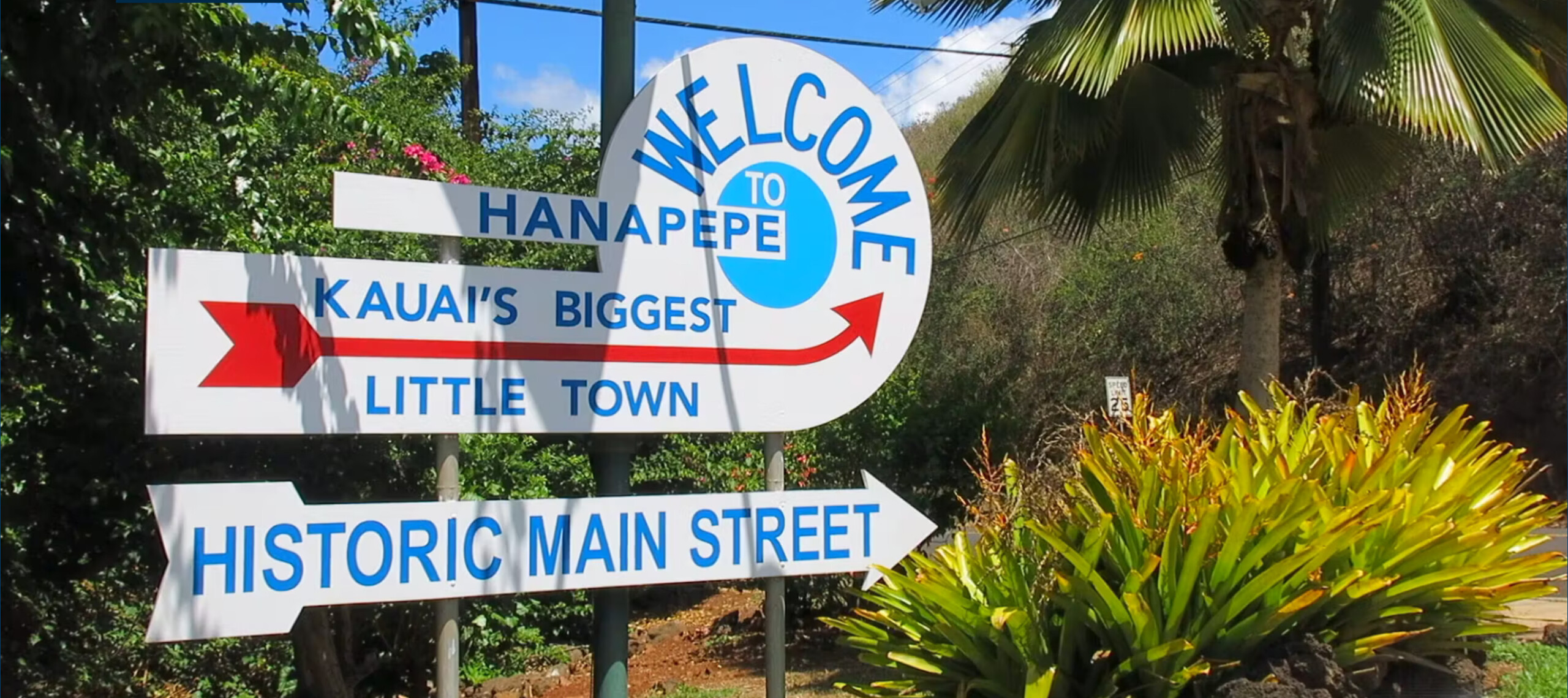By Tommy Noyes

Dr. Randy Blake positions himself at the left side of Umi Street’s lane at the intersection with Ahukini Road. He’s using all five layers of protection by being visible, predictable, alert, and assertive; all without impeding other vehicles’ right turning towards the Lihu‘e Airport. Photo by Jennifer Jones-Patulli
Wearing a helmet equals bicycle safety, right? The evidence is clear: helmets reduce the severity of head injuries. Helmet use is highly recommended. However, when considering comprehensive safety measures, a helmet is the last thing you’ll need.
Let’s look at five layers of safety, with each layer helping to prevent ever crashing while maximizing your bicycling enjoyment.
Layer 1: Bike Control
The fundamental safety element is bicycle control. You probably crashed when learning to ride, and it was likely your own fault because you couldn’t control your bicycle. Smooth control when starting, stopping, and turning means you probably won’t fall down all by yourself. If you’re a bit rusty on a bicycle and want to improve your skill set, League of American Bicyclists certified instructors offer free Bicycle Skills for Adults trainings through Kaua‘i Path in partnership with the Hawai‘i Department of Transportation. The next two classes will be on Saturdays, July 13 and Aug. 17, both at the Kapa‘a Public Library. Register at www.KauaiPath.org or request a free Smart Cycling Quick Guide using Kaua‘i Path’s “contact us” form.
Layer 2: Follow the Road Rules
Traffic laws have evolved, and are enforced to help everyone share our roads without conflicts. Bicycles are legally regarded as vehicles. Just like everyone else driving on the road, people driving bicycles are required to obey signs and signals, and use the correct lanes for turns and through movements. Ignoring traffic laws leads to crashes. It’s tempting to blow through stop signs, scoff at one-way streets or directional arrows, merrily ride on sidewalks and in crosswalks, or pedal against the flow of traffic, but those are traffic law violations, and put everyone at increased risk.
Layer 3: Lane Positioning
When driving your bicycle on the road amongst motor vehicles, it is essential to communicate effectively with other road users, and thereby discourage other drivers’ mistakes. You’ll fare best when you know when to use the full lane, and how to use your lane position to convey to other drivers what you’re doing. For example, making a left turn requires scanning back twice as you approach the intersection to be certain you are clear to take the lane, clearly signaling your move, and positioning yourself in the left portion of the travel way. That allows through traffic and vehicles turning right to pass you on your right side. If you’re uncomfortable with this left turn maneuver, a stress-free alternative is to ride to crosswalks, dismount, and walk your bike in the crosswalks as a pedestrian.

Tommy Noyes
Layer 4: Hazard Avoidance
The free Bicycling Skills for Adults trainings cover several advanced evasive maneuvers. Skillful bicyclists can react with these evasive maneuvers to avoid other path users’, cyclists’, or drivers’ mistakes, or to dodge obstacles. These maneuvers include the instant turn, quick stop, and rock dodge.
Layer 5: Passive Safety
Protective equipment like a helmet and gloves is your last resort measure, providing protection when all else fails, and is truly beneficial should a collision occur.
- Tommy Noyes is Kaua‘i Path’s executive director, a League of American Bicyclists Certified Instructor and active with the Kaua‘i Medical Reserve Corps.
Discover more from ForKauaiOnline
Subscribe to get the latest posts sent to your email.





Leave a Reply